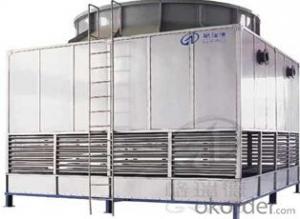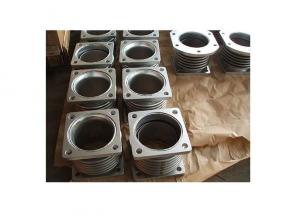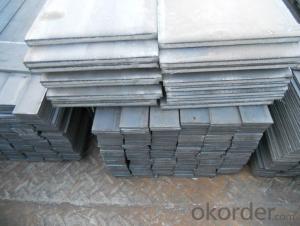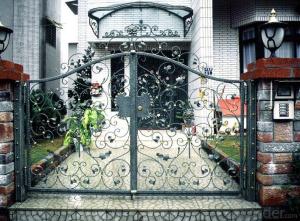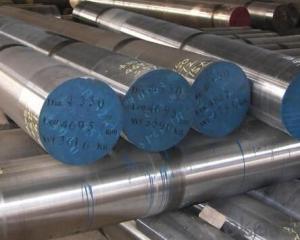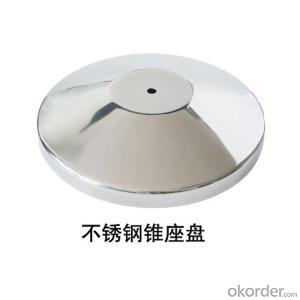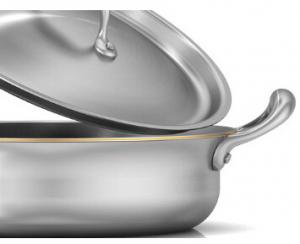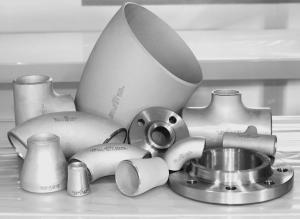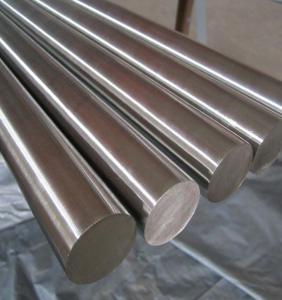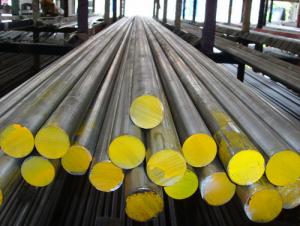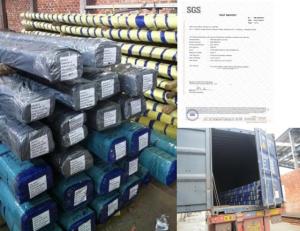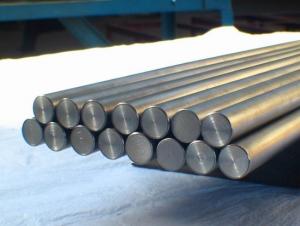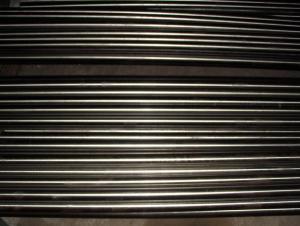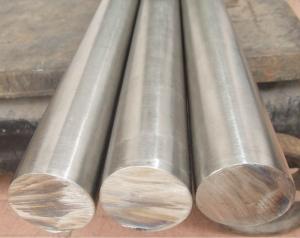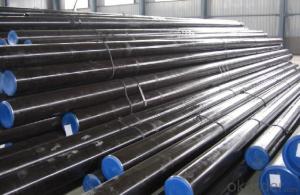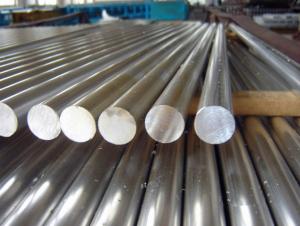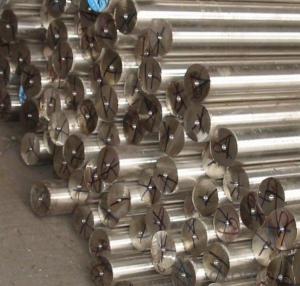Stainless Steel Crowns
Stainless Steel Crowns Related Searches
Stainless Steel Crown Crown Stainless Steel Stainless Steel Crosses Stainless Steel Jewelries Stainless Steel Jewellery Stainless Steel Jewelery Stainless Steel Jewlery Stainless Steel Strips Stainless Steel Enclosures Stainless Steel Metals Stainless Steel Doors Stainless Steel Anchors Stainless Steel Straps Stainless Steel Cloths Stainless Steel Cross Stainless Steel Boxes Stainless Steel Charms Stainless Steel Hooks Stainless Steel Headers Stainless Steel Rods Stainless Steel Hoops Stainless Steel Counters Stainless Steel Knives Stainless Steel Studs Stainless Steel Piercings Stainless Steel Roofing Stainless Steel Apliances Stainless Steel Conveyors Stainless Steel Counter Tops Stainless Steel CoastersStainless Steel Crowns Supplier & Manufacturer from China
Stainless Steel Crowns are dental restorations made from a durable and corrosion-resistant material, designed to protect and restore the functionality of damaged or decayed teeth. These crowns are commonly used in dentistry to provide a long-lasting solution for various dental issues, offering both aesthetic and functional benefits to patients. They are particularly useful in situations where a tooth has been weakened by decay or fracture, and a filling is not sufficient to restore its strength and integrity.Stainless Steel Crowns are widely used in various dental procedures, including pediatric dentistry, where they are often applied to primary teeth to prevent further decay and protect the tooth structure. They are also used in adult dentistry for situations where a tooth has been compromised by decay or injury, and a more robust restoration is needed. These crowns can be applied to both anterior and posterior teeth, and their metallic nature provides a strong, long-lasting solution that can withstand the forces of chewing and biting.
Okorder.com is a reputable wholesale supplier of Stainless Steel Crowns, offering a comprehensive inventory to meet the needs of dental professionals worldwide. With a focus on quality and affordability, Okorder.com ensures that dental practitioners have access to a reliable source for these essential dental restorations. Their extensive selection and competitive pricing make them a go-to destination for dental supply needs, providing a one-stop solution for practitioners looking to stock up on Stainless Steel Crowns and other dental products.
Hot Products













